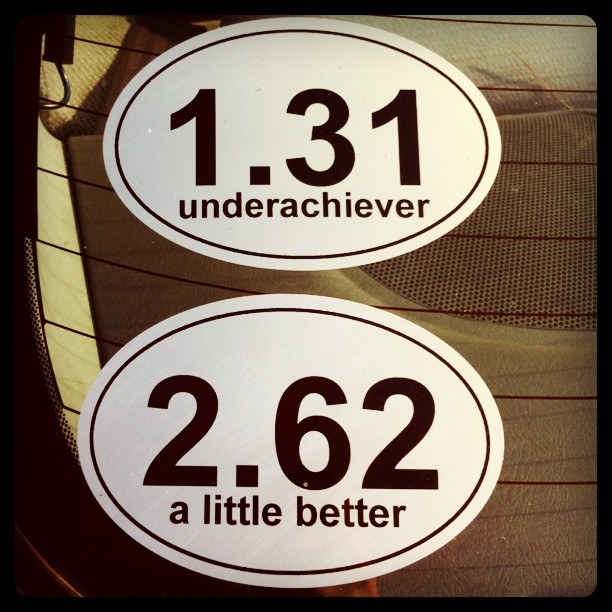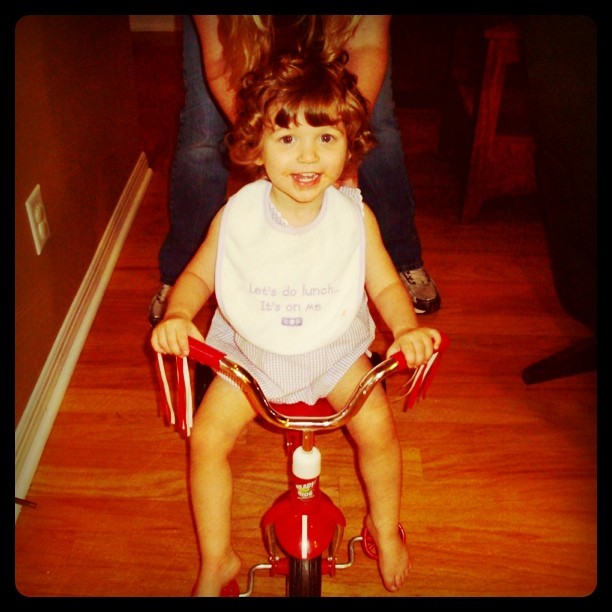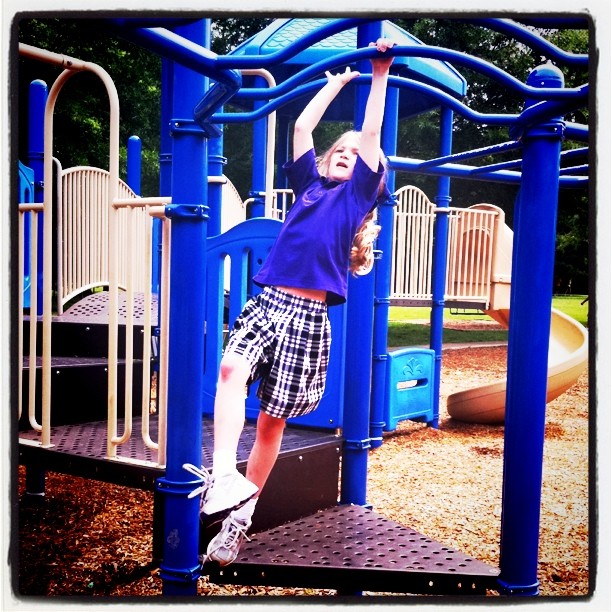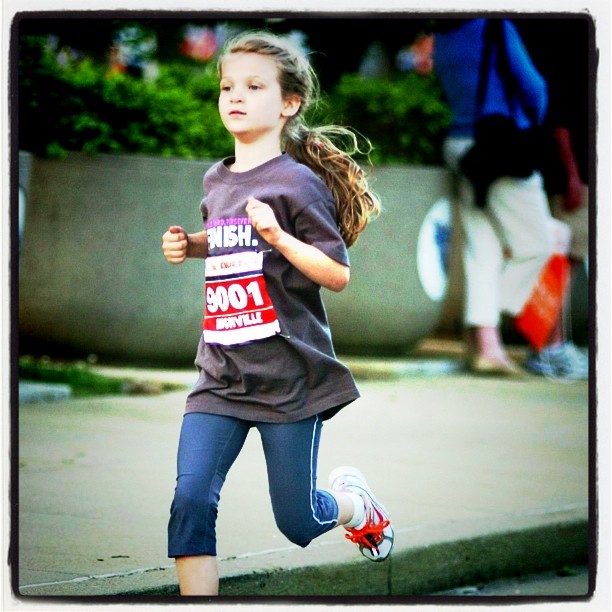There is no such thing as bad weather, just soft people.
Comedian Brian Regan’s bit on preparing Pop Tarts … worth a watch.
Thank you very much….I’ll follow you in return, and look forward to reading your posts.
Earlier today a good friend of mine asked me for some advice on dealing with shin splints. I put together a list of things that have worked for me in the past and sent it over to him. A little while afterword I thought this would also be a good thing to share with others.
Shin Splints are often caused by increasing your running mileage too fast without properly cross training the muscles opposing the calf…therefore creating a muscle imbalance that leads to inflammation and discomfort.
You can reduce the inflammation by rest / ice / NSAIDs (advil, alleve, etc.), but strengthening exercises for the muscles in the shin will also help dramatically. Here are a few suggestions:
1. While sitting, tap out the ABCs with your big toe. You can do this while you are working, eating, whenever
2. Walk around on your heels with your toes off the ground. Do three sets of 25 steps. One with toes pointed in, one pointed out, one straight.
3. Lean against a wall, lift one leg a little off the ground, and then slowly flex your toe toward your shin (Dorsiflex) 25 times. Repeat with other leg.
4. Same as #3, but do it rapidly
5. Lay down flat on your back, and flex both feet (Dorsiflex), and hold for 5 minutes.
Hope this is useful for anyone else that is struggling with shin splints.
I appreciate all of the response to my question a couple of days ago regarding incorporating barefoot type running into my training. As a follow-up. I have been using the @Saucony Kinvara since last fall and am slowly transitioning to it as my full-time trainer. For those of you who run in Kinvaras….
- Am I negating the benefit of the Kinvara if I replace the insole? I typically use the Lynco 405, and have been using this with the Kinvara.
- How many miles should I expect out of the Kinvara? I have only been using them once or twice per week so far, and my first pair has around 200 miles on them. They appear to still be in good shape, but I’ve read a lot about durability issues.
- I have completed a 1/2 marathon in the Kinvaras, and they were great (Though my feet were sore the next day). Has anyone tried using them in a full marathon? If so, what are your thoughts (trying to decide about using them at Chicago in Oct)?
Started following a couple of weeks ago, and just followed your personal blog. Best of luck with your training.
I am seriously considering adding one day of easy running each week with a “barefoot” type shoe like the @saucony Hattori. Anybody have any experience with this? If so, what were your results like? Did it improve your overall running performance or lessen your susceptibility to injuries? What shoes did you use?
Spencer White, Head of the Biomechanics Lab @Saucony, explains Minimalist footwear and some of the things you should think about before taking the leap.
I started using the original Saucony Kinvara’s last fall, and just ran a 1/2 marathon in them 3 weeks ago. I’m thinking that eventually I’ll make these my regular training shoes. I also just purchased the Saucony Peregrine’s (not mentioned in the video) for trail running, and am intrigued by the Hattori’s.












